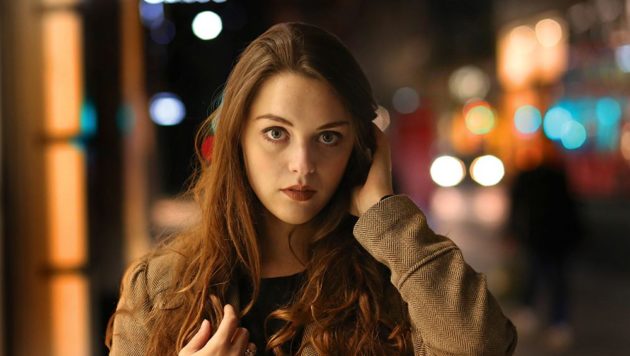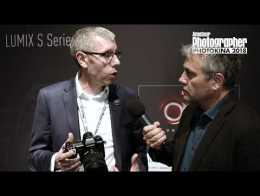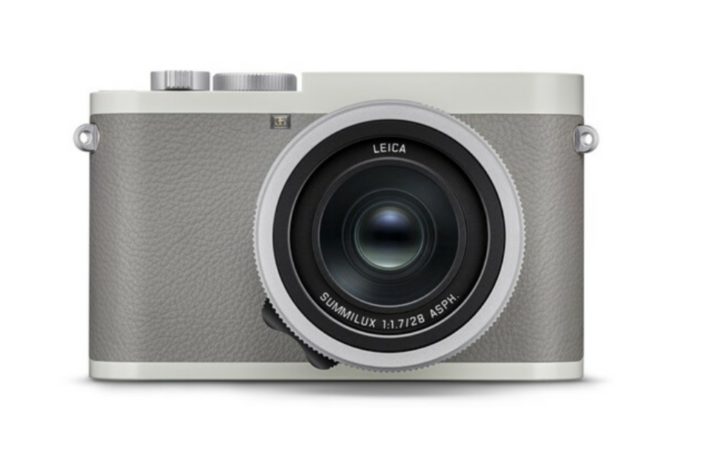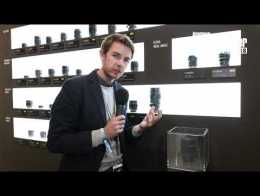
At this time of year, if you pop outside with your camera after about 3pm, you soon realise that low-light photography doesn’t just mean shooting in the dead of night or inside a gloomy music venue (remember those?), as you’ll find yourself pushing up your camera’s sensitivity (ISO) value and dropping the shutter speed to be able to take the photographs you want. For low-light portraits a quality fast lens is a massive help. Picture credit: Mark Wilkinson But before long, you’re at the limit of acceptable sharpness with blurred images and ugly noise spoiling your shots. However, with the right lens, you can extend your low-light shooting range. Swapping your kit lens that has a maximum aperture of f/5.6 at 55mm for a 50mm lens with an aperture of f/1.8, for example, means that 3.3 EV more light can reach your camera’s sensor. That’s the difference between 1/5sec and 1/50sec, or between ISO 25,600 and ISO 2,500, which means it can have a significantly positive impact on the quality of your shots. If you want to shoot moving subjects a large-aperture lens is the best option, but if your subject is motionless, you may want to go for […]
Click here to view original web page at www.amateurphotographer.co.uk





More Stories
Leica DG VARIO-ELMARIT 12-35mm F2.8 ASPH Lens Announced
Will Godox Ever Beat Profoto?
Handy holder for digitising negatives – win one here!